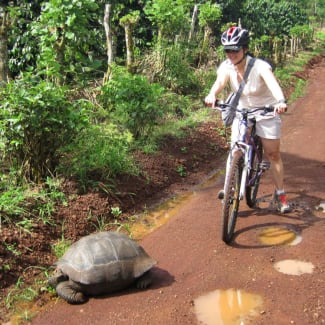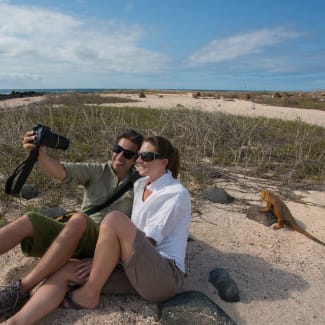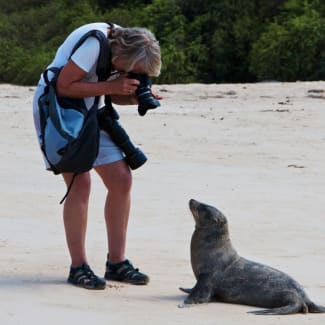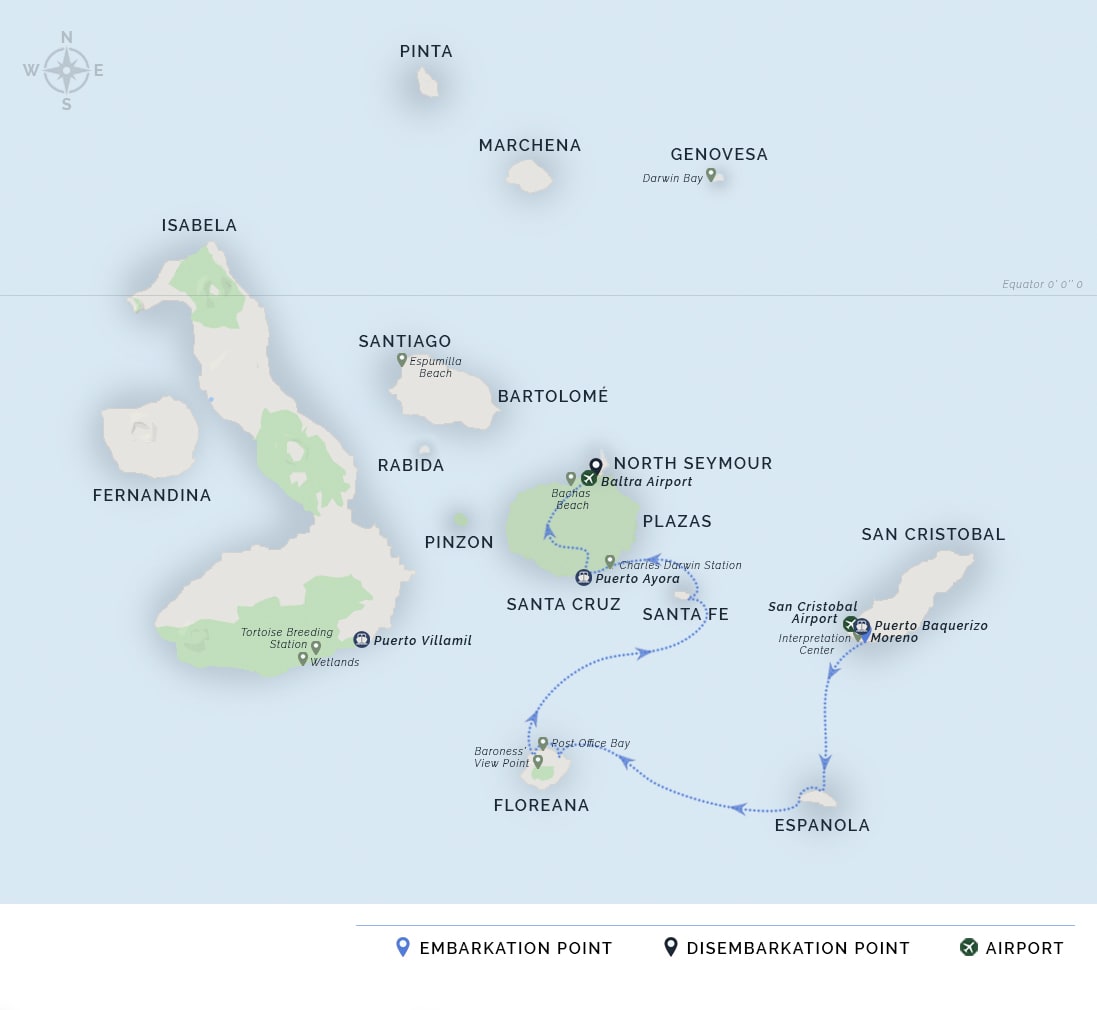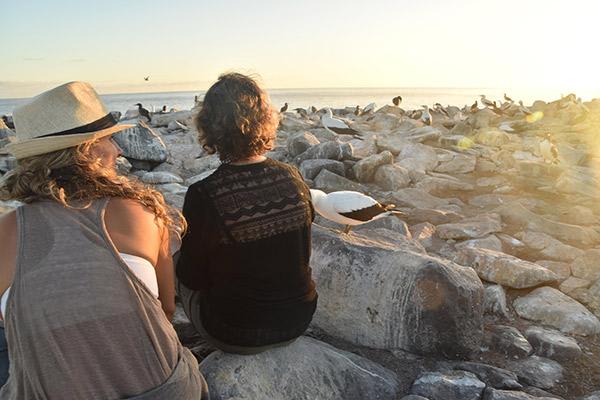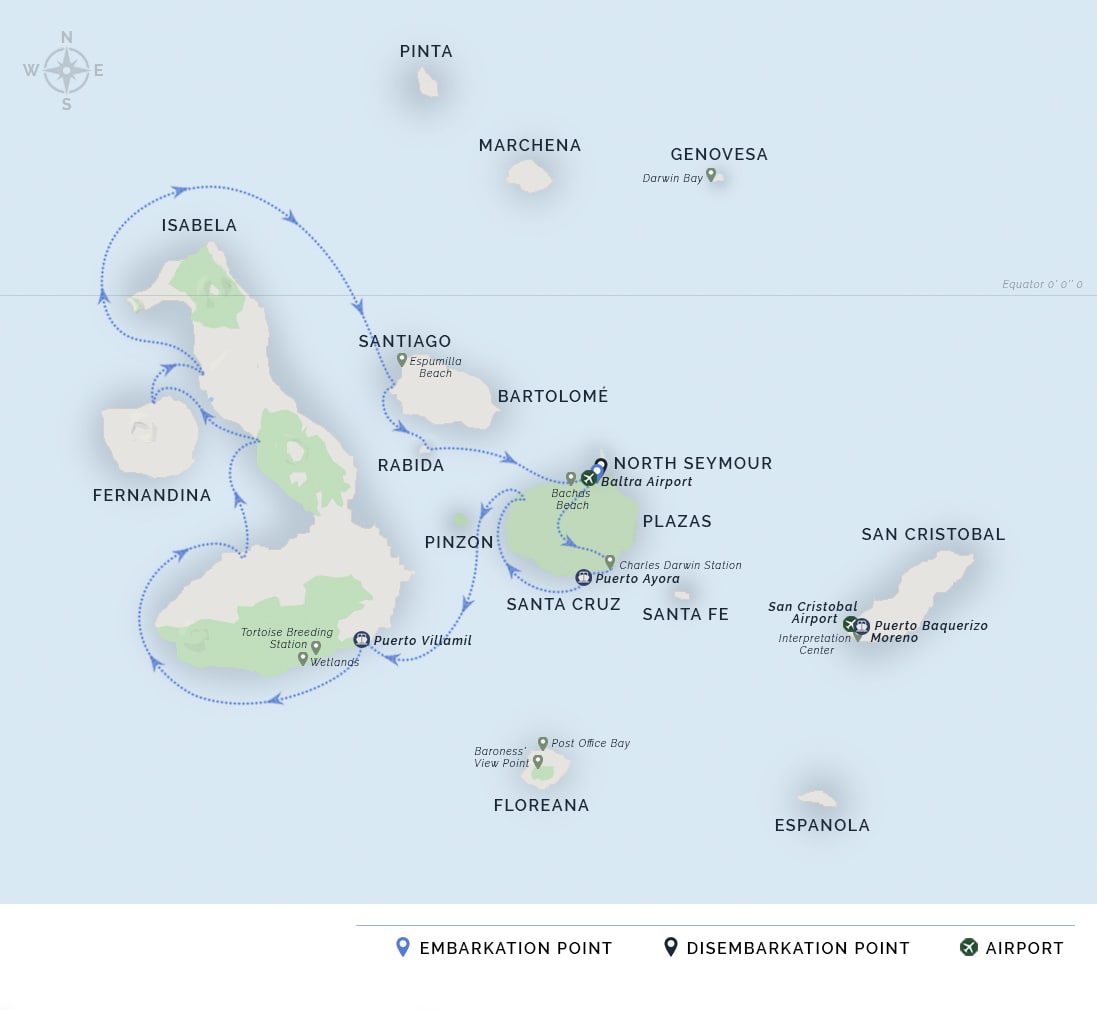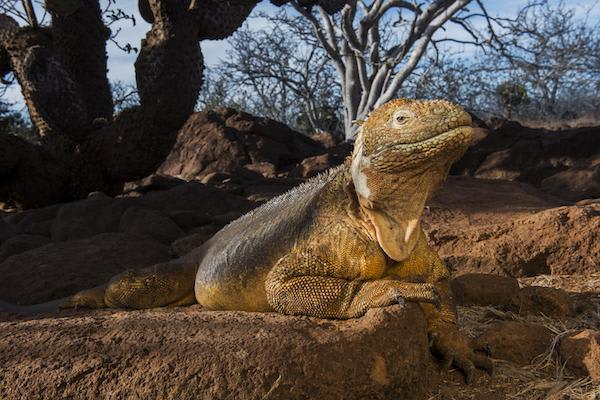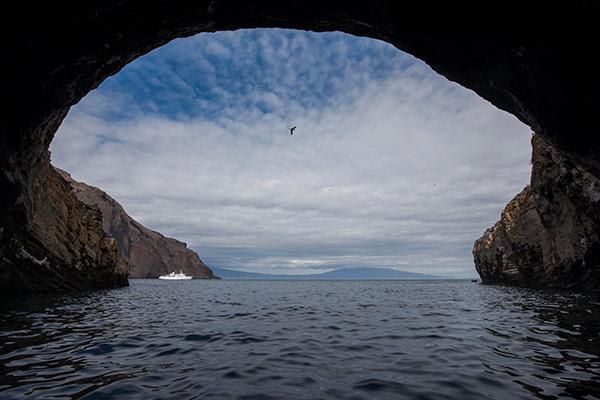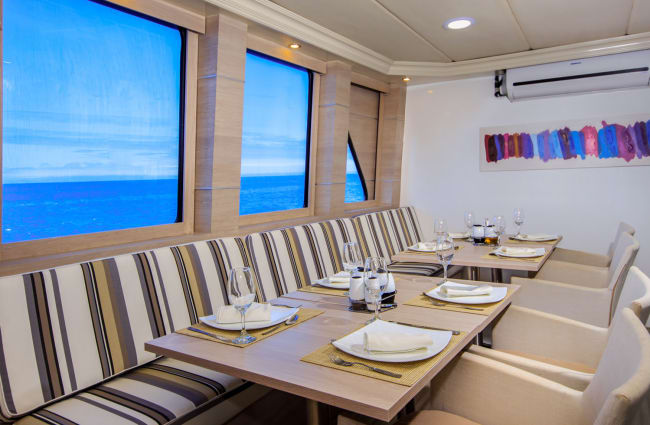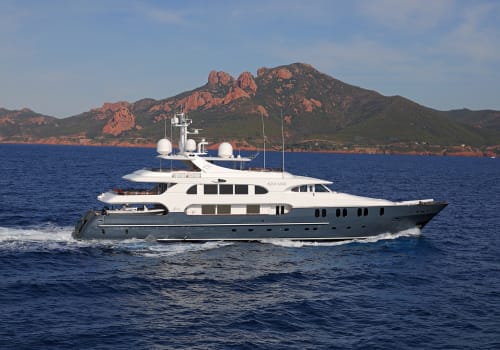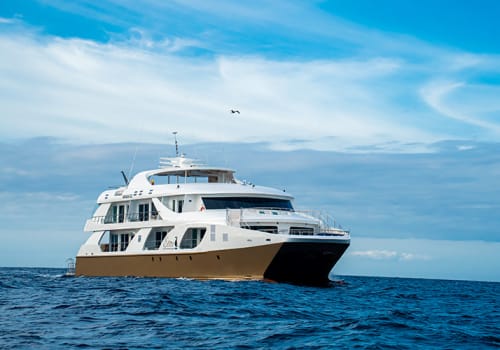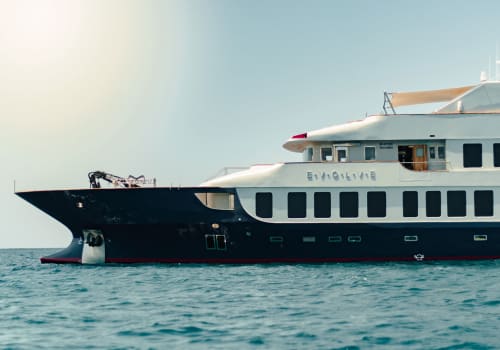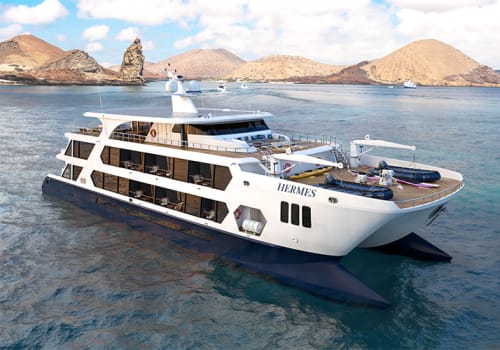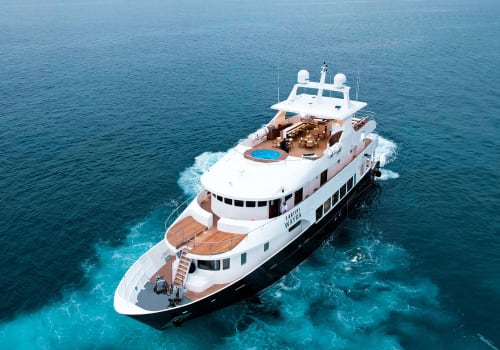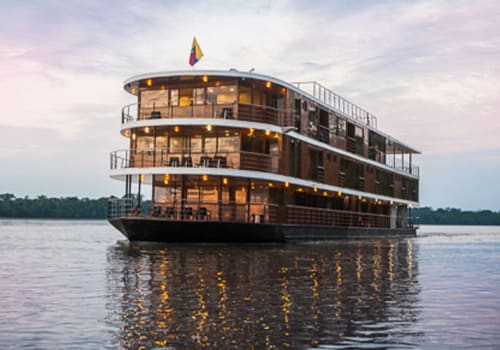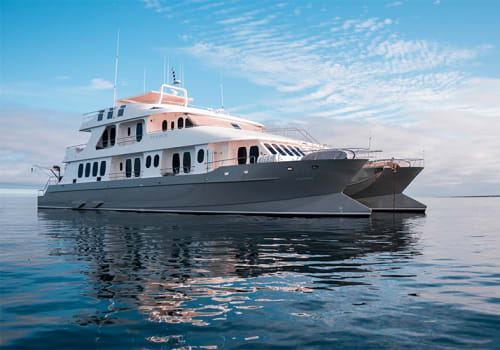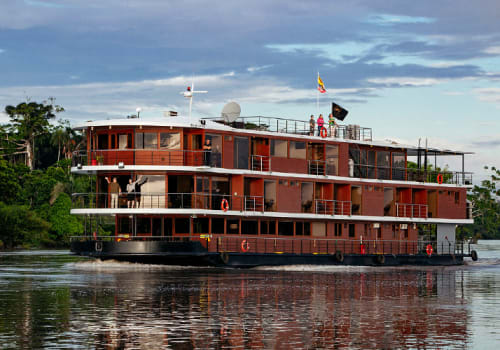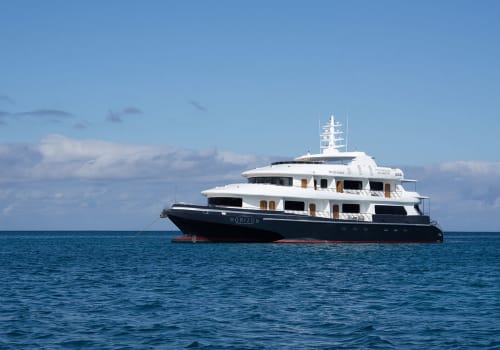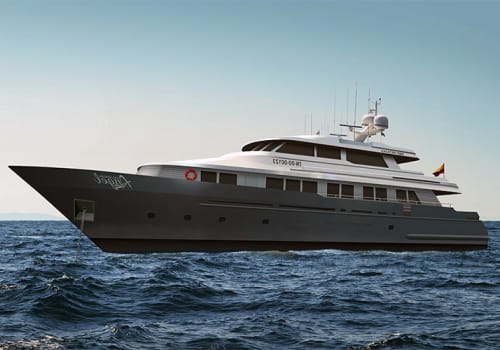
Treasure of Galapagos
Overview
The Treasure of Galapagos is a well-appointed twin-hulled motor yacht with nine cabins. With a maximum of 16 passengers on board, you will enjoy the utmost privacy and have access to rare parts of the world without crowds of tourists.
Life Aboard The Treasure Of Galapagos
As you settle into your stateroom, you will immediately be drawn towards your balcony. This private space is a lovely place to watch the dolphins and frigatebirds that often accompany the ship as it cruises between destinations. But do not tarry long as there is much more to see aboard the boat.
As you walk through the indoor lounge and dining area, you will notice that each light-filled space on the ship features peaceful minimalist décor, which invites you to focus on the natural beauty surrounding you. Outdoors, the uppermost sundeck, complete with a shaded lounge area and a hot tub, provides scenic views, ideal for whale watching.
Excursions From Your Treasure Of Galapagos Cruise
A cruise aboard the Treasure of Galapagos is filled with surprises and the perfect blend of exploration and leisure. Each day, the ship will anchor at two carefully-selected sites where various activities allow you to observe the Galapagos from different perspectives. The boat offers three different itineraries or five and seven days. You may even combine both five-day cruises into one epic adventure.
During the five-day cruise through the central and eastern islands, you will stop on volcanically-active Santiago Island to explore Sullivan Bay. Then, enjoy a visit to Mosquera Islet, where sea lions make lounge on a white sand beach. A five-day through the southern islands takes you to Gardner Bay, where you may be able to see sharks in the crystal-clear water. Later, enjoy a visit to Tortuga Bay, which is home to many marine iguanas.
The seven-day option features the western region of the archipelago, including Isabela and Fernandina Islands. At Urbina Bay, look for land iguanas, giant tortoises, and finches. A stop at Punta Espinoza is an excellent opportunity to see flightless cormorants in action.
Bringing Nature To Life
Though every member of the 11-person crew is dedicated to making your holiday one to remember, there is one crew member that you will get to know particularly well. A naturalist guide will lead every excursion, activity, and wildlife encounter you experience in the Galapagos. Along the way, these expert guides will answer all of your questions, provide educational discussions, and point out interesting plants and animals which you may otherwise miss.
In an effort to bring this unique part of the world alive for you, the Treasure of Galapagos works only with guides holding Class II or III certifications, the highest offered by the National Park. Thanks to its dull-hulled design, the Treasure of Galapagos catamaran is both comfortable and stable, a bonus for novice ocean goers and anyone concerned about seasickness.
Perfect for wildlife lovers, birdwatchers, and those looking for soft adventure, a cruise aboard the Treasure of Galapagos is a chance to explore a whole new world.
Itineraries & Prices
All itineraries are subject to change due to seasonal weather conditions (and resultant variations in river and tributary water levels) affecting accessibility to locations. Thus navigation routes, times and excursions may need to be modified at the cruise captain’s or your guide's discretion.
Accommodations
Social Areas
Suites & Cabins







Balcony Stateroom
These spacious rooms have the option to share and can accommodate triple occupancy. They feature a floor-to-ceiling window leading to the balcony where guests can relax and unwind. The private bathrooms are entirely equipped with everything you need for a refreshing shower and a hairdryer.





Master Suite
This ample-sized suite can accommodate triple and quadruple occupancy with ease. It features two areas separated by dividing doors, each with a private balcony. The room has floor-to-ceiling windows leading to the balcony, where you can enjoy the fantastic Galapagos scenery.


